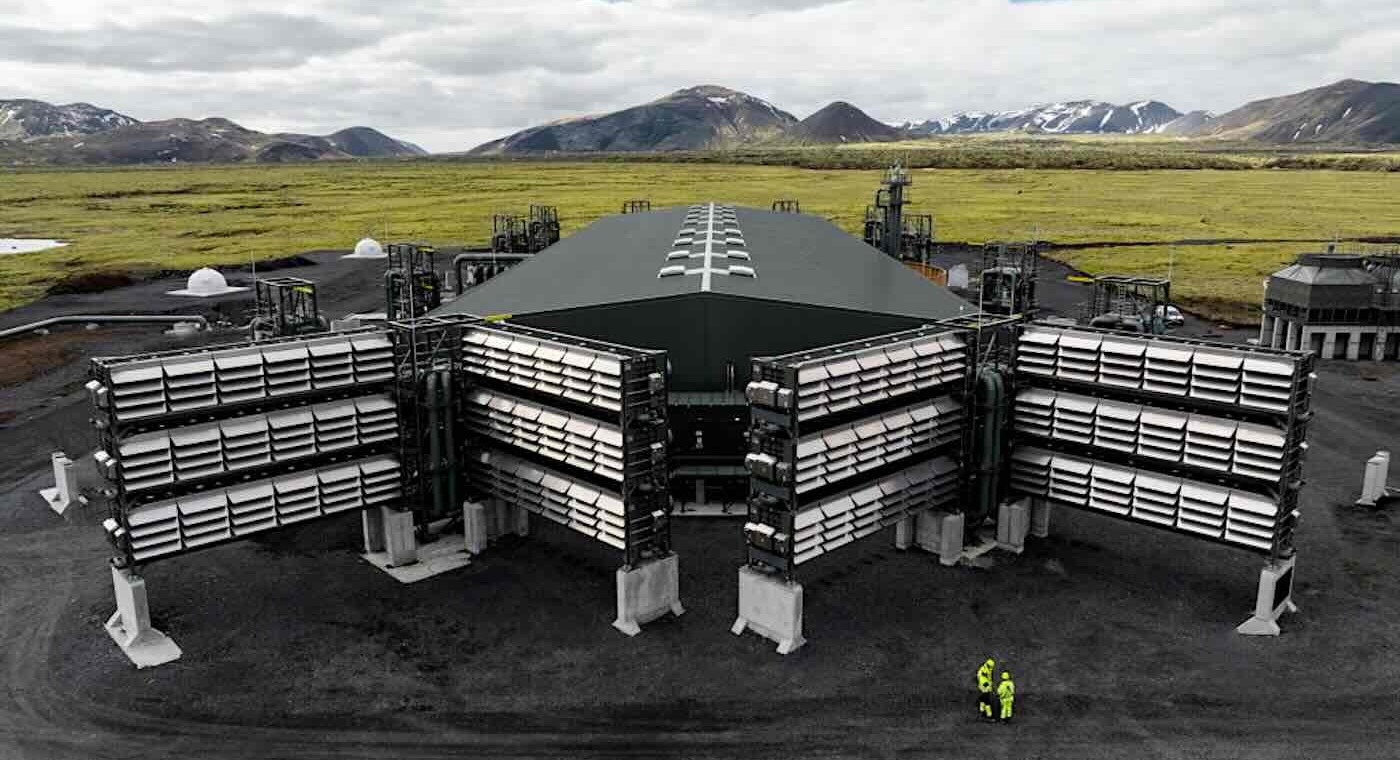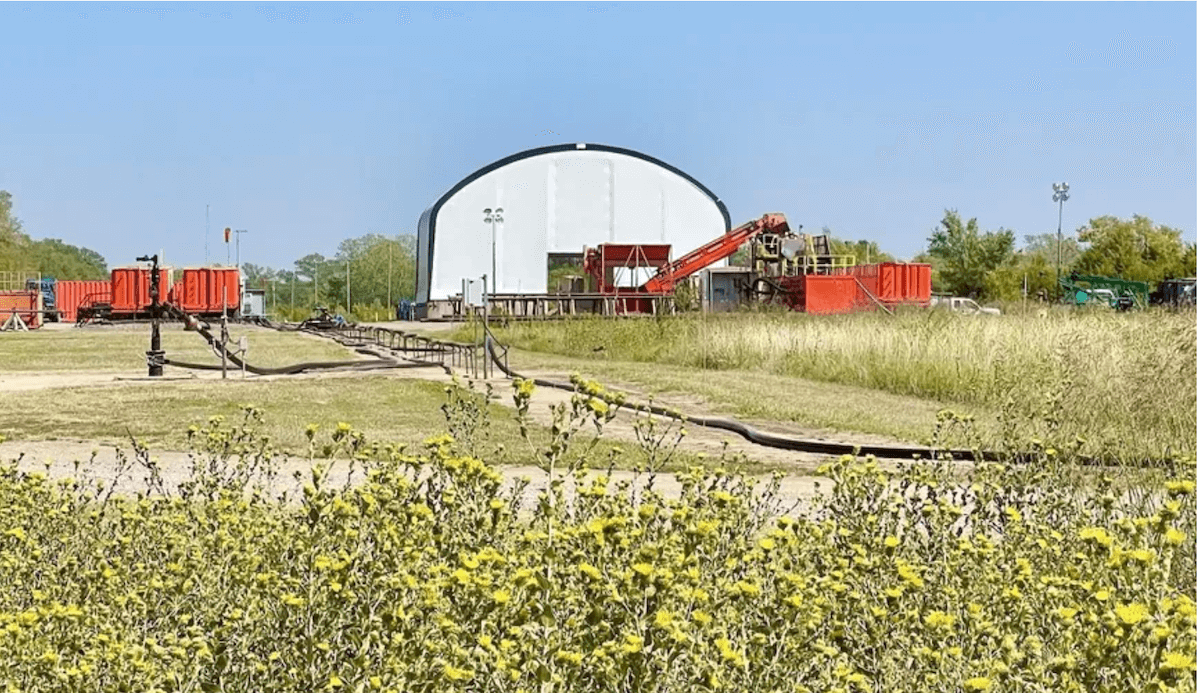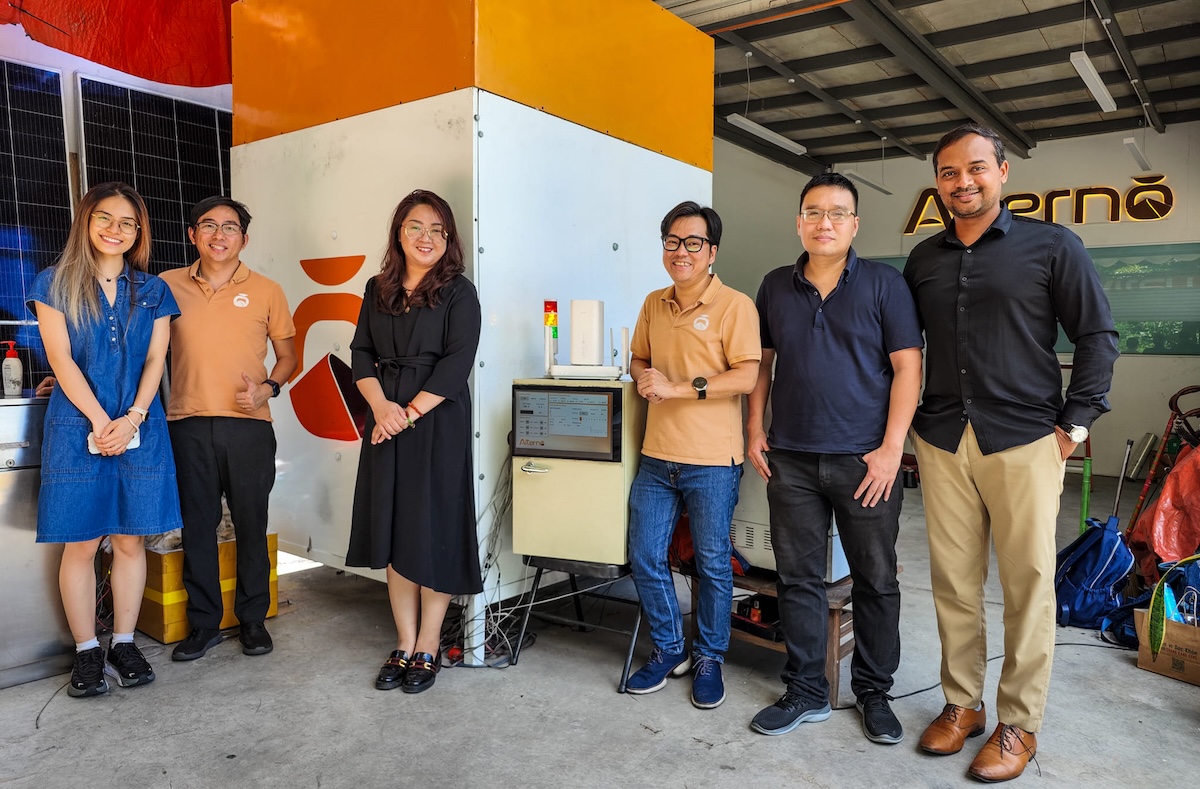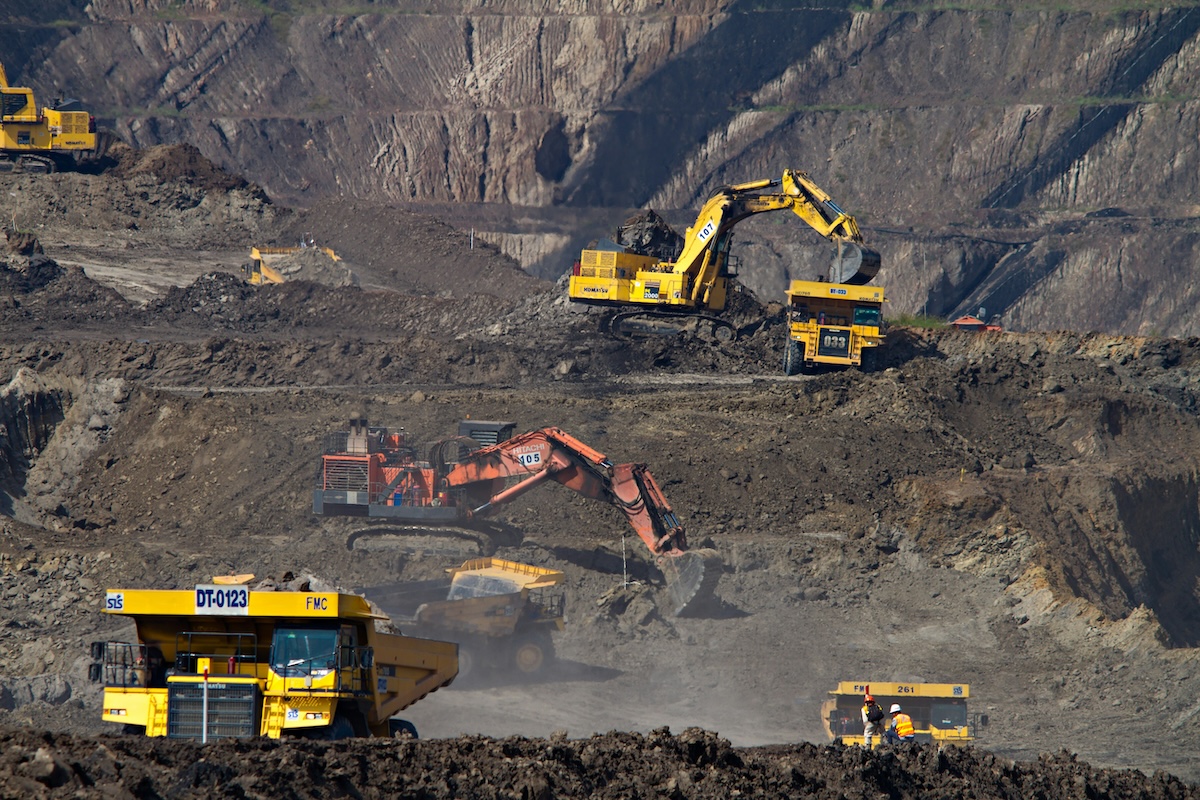To keep global warming in check, some 10 gigatons of carbon dioxide will need to be removed from the atmosphere by 2050. The technology to achieve that massive undertaking is starting to take shape.
This week, the world’s largest direct air capture, or DAC, facility kicked into gear in Iceland. Built by Switzerland-based Climeworks, the geothermal-powered Mammoth plant will suck in some 36,000 tons of carbon from the atmosphere annually and store it in crystallized form in the bedrock below. (As Bloomberg depressingly noted, that is still less than a minute’s worth of humanity’s emissions).
While Climeworks has a head start (not to mention $650 million in private funding and a coveted Department of Energy grant), a buzzy field of challengers is pursuing different approaches to removing CO2 and keeping it locked away for the long term.
The diversity and innovation could be seen in the 20 finalists announced this week for $100 million XPRIZE Carbon Removal, ranging from enhancing the ability of oceans and rocks to absorb CO2 to using machines to suck carbon from the air (XPRIZE divides the approaches into four groups: Air, Rocks, Oceans, Land, and Oceans).
“We need a range of bold, innovative [carbon direct removal] solutions to manage the vast quantities of CO2 released into our environment and impacting our planet,” said XPRIZE’s Anousheh Ansari.
(Natural carbon sequestration approaches like reforestation and restoring wetlands, which many environmental advocates favor, do not make the short list. See, “How Big Tech can restore forests – and credibility in voluntary carbon markets”).
San Francisco-based Heirloom’s carbon mineralization technology uses limestone, which can absorb carbon in days rather than years, to bring down the cost of direct air capture technology. Kenya’s Octavia Carbon, which specializes in modular DAC machines, is building its first commercial plant in Kenya’s Rift Valley.
Six of the finalists use some form of enhanced rock weathering. US-based companies Mati and Lithos use crushed nutrient-rich basalt, a volcanic rock, to absorb carbon and simultaneously enrich agricultural soils. China’s Yuanchu is developing direct air mineralization technology, which it says can cost less than $200 per ton of CO2.
In the land category, US-based Climate Robotics, Indian startup Takachar and France-based Net Zero are pursuing methods that turn agricultural waste into biochar, a soil amendment and carbon store. US-based Vaulted Deep injects minimally processed organic waste for permanent geologically carbon storage. The startup this week got a boost from the Frontier Coalition, which agreed to an advance purchase of some $58.3 million in carbon removal credits.
Oceans absorb up to a third of man made emissions. Canada’s Planetary and US-based Ebb Carbon are enhancing the ocean’s natural carbon absorption abilities, and increase alkalinity.
Kelp Blue cultivates giant carbon-sequestering kelp in farms off the shores of Namibia, New Zealand and Alaska, which also benefit biodiversity.
The finalists were whittled down from over 1,300 global teams, and assessed on their operations, sustainability, and cost (a chief drawback of early carbon removal technology). The finalists must demonstrate the removal of 1,000 tons of CO2 in the final stage of the competition, which will wrap up next year.
As Lowercarbon’s Chris Sacca said in 2022 when he launched his $350 million dedicated carbine removal fund, “There has never been a better time to start a carbon removal company.” Innovation on the supply side, he said, is “bonkers.”











